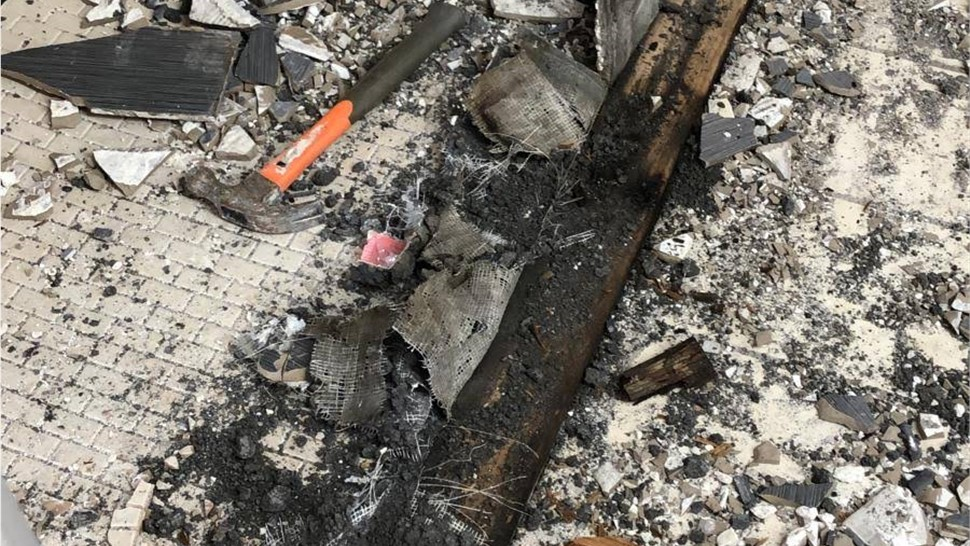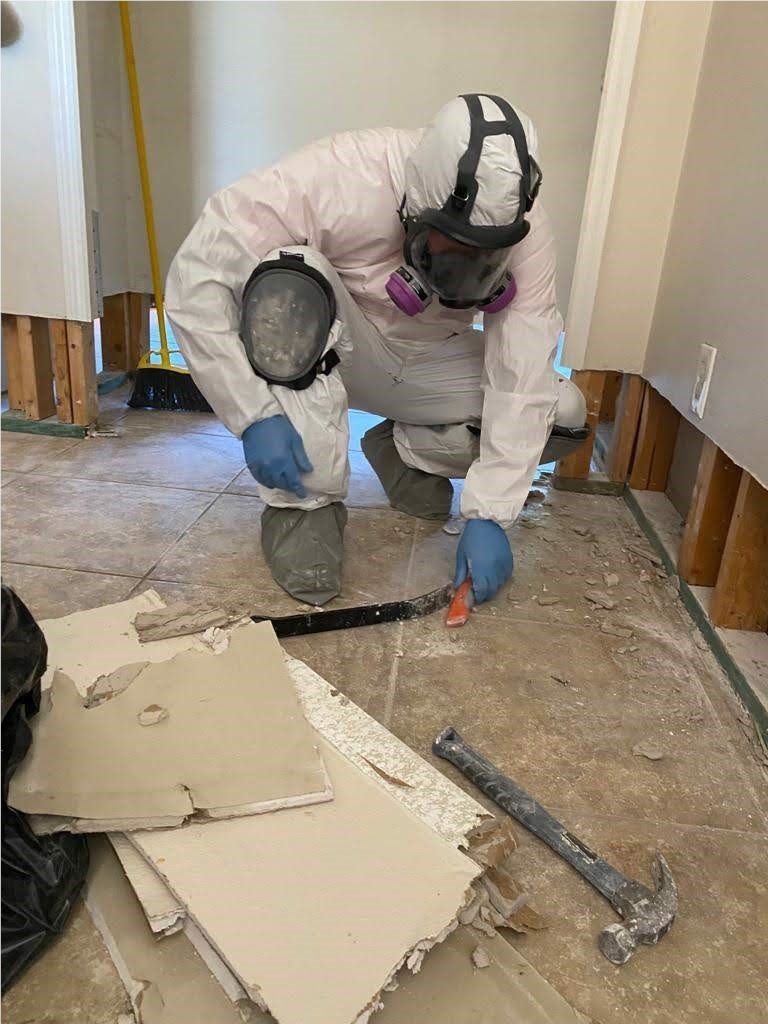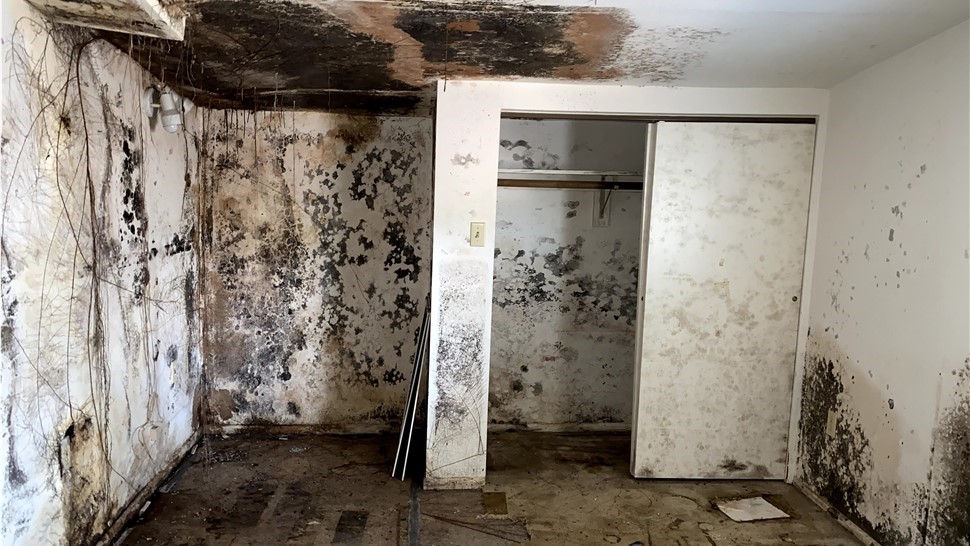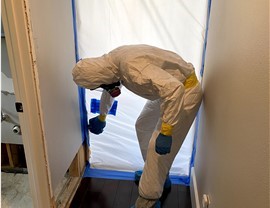
While St. Petersburg is renowned for its vibrant arts scene and beautiful waterfront, residents are no strangers to the sudden and severe weather that can sweep through the area, leaving a trail of disruption in its wake. From hurricanes to thunderstorms, the unpredictable nature of these events can catch even the most seasoned residents off guard.
This storm survival guide is designed to empower you, the St. Petersburg homeowner, with essential knowledge and strategies to not only survive the storm but also manage the aftermath with confidence.
Pre-Storm Preparation
Home Inspection and Maintenance
Roof and Gutters: Check for loose shingles or tiles, and ensure that gutters and downspouts are securely attached and clear of debris. These can become projectiles in high winds or cause water damage if not properly maintained.
Windows and Doors: Consider installing storm shutters to protect windows from flying debris. Inspect doors and windows for gaps and seal them to prevent water from entering.
Trees and Landscaping: Trim trees and shrubs around your home to minimize the risk of branches breaking and causing damage to your property or power lines.

Emergency Supplies
Essentials Kit: Prepare an emergency kit that includes at least three days' worth of non-perishable food, water (one gallon per person per day), a flashlight, batteries, a first aid kit, and personal hygiene items.
Important Documents: Keep important documents such as insurance papers, medical records, and personal identification in a waterproof container that you can take with you if you need to evacuate.
Communication Tools: Ensure that you have a battery-powered or hand-crank radio to receive updates on the storm. Consider portable chargers and extra batteries for your mobile devices.
Evacuation Plans
Plan Your Route: Familiarize yourself with local evacuation routes and have a plan in place for where you will go if an evacuation is ordered. Keep your car's fuel tank full as storms approach, as gas stations may be closed or inoperable during the event.
Stay Informed: Sign up for local alerts and warnings. Keep a list of important contact information for local agencies such as the emergency management office, hospitals, storm remediation and utility companies.
Pet Care: Include your pets in your evacuation plan. Ensure they have identification tags and prepare a pet emergency kit with food, water, and other necessary supplies.

During the Storm
Safety Protocols
Stay Indoors: Choose a small, interior, windowless room, such as a bathroom or closet, on the lowest level that is not susceptible to flooding. This is often the safest place during high winds.
Avoid Windows and Glass Doors: Glass can break due to debris and high winds, posing a significant hazard. If you haven’t installed storm shutters, stay away from windows and doors to avoid injuries.
Turn Off Major Appliances: To prevent damage from a power surge when electricity is restored, unplug major appliances like refrigerators and air conditioners. Keep only essential lights on.
Communication
Stay Updated: Keep a battery-powered or hand-crank radio tuned to a local station for updates on the storm's progress and any emergency instructions from local authorities.
Emergency Contacts: Ensure your family knows whom to contact in case you are separated during the storm. Have a list of emergency numbers, including those of local shelters, readily available.
Use Text Messages: During storms, phone lines and cellular service towers can be overwhelmed. If you need to communicate with family or emergency services, send text messages, which are more likely to get through in these conditions.
During Power Outages
Use Flashlights Instead of Candles: To avoid fire hazards, use flashlights or other battery-powered lights instead of candles during power outages.
Keep Refrigerator and Freezer Doors Closed: To preserve your food, keep these appliances closed as much as possible. A full freezer can keep the temperature for about 48 hours.
Generators: If you have a generator, never run it inside or close to windows and doors to avoid carbon monoxide poisoning.

After the Storm: Initial Assessment
Inspecting for Immediate Dangers
Check for Structural Damage: Before re-entering your home, visually inspect the exterior for structural damages like cracks in the foundation or collapses in roofing. If you suspect severe damage, consult a professional before entering.
Gas Leaks and Electrical Issues: Sniff for gas leaks and listen for hissing noises; if you detect gas, shut off the main gas valve, leave the area immediately, and call your utility company. Avoid using electrical devices or switches if you suspect any electrical system damage.
Water Damage: Look for signs of flooding or water ingress, as these can weaken structures and lead to mold. If water damage is extensive, it may be unsafe to stay in the home.
Documenting the Damage
Photograph and Record: Take detailed photos and video recordings of all damages, both exterior and interior, before making any storm repairs. This documentation is crucial for insurance claims and for contractors to understand the extent of the work needed.
Make a Detailed List: Write down all damaged items and any serial numbers or identifying details. This list will be important when filing your insurance claim.
Secure Property: If possible, make temporary repairs to prevent further damage, such as covering broken windows with plastic sheeting or securing tarps over damaged roofs. Keep receipts of any materials purchased for repairs, as they may be reimbursable under your insurance policy.
Contacting Authorities and Services
Report Hazards: Contact local authorities or utility companies to report hazards such as downed power lines, broken sewer lines, or major road obstructions.
Notify Your Insurance Company: Early contact with your insurance provider is essential. Inform them of the damage and start the claims process as soon as possible.
Flood Pros USA offers comprehensive and reliable solutions tailored to your needs. With expertise in water damage restoration, mold remediation, and fire restoration, our team guarantees same-day restoration in St. Petersburg to mitigate damage and begin restoration promptly. Trust Flood Pros USA to handle everything from water removal and mold cleanup to fire damage cleanup with the utmost care and efficiency.
Let us bring you peace of mind.
Tags
Subscribe to Flood Pros USA's Blog







Comments